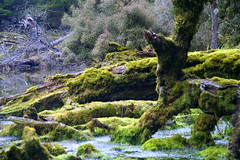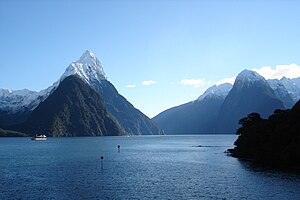15 facts you should know about New Zealand's southern waters...

As we come up to the launch of the Our South Books, exhibitions and talks. I thought it would be useful to recap some of the key points about why New Zealand’s southern region is so important.
New Zealand has stewardship of an area that extends from Stewart Island almost without interruption to the South Pole.
•The subantarctic islands help give New Zealand one of the five largest Exclusive Economic Zones (EEZs) in the world.
•The Southern Ocean and Antarctica are the engine room of the world’s oceans and climate.
•The subantarctic islands are like life-rafts in the Southern Ocean for animals breeding and feeding.
We need to manage humankind’s race for resources:
•New Zealand has claim over the Ross Dependency, but under the Antarctic Treaty we agreed to disagree over claims and manage Antarctica through consensus with other countries.
•This Treaty system successfully defused conflict over Antarctica and put in place a great deal of environmental protection for the Continent (including a ban on mining).
•Our investment in science and diplomacy are essential to maintaining this Treaty.
•Whaling and sealing were good examples of how not to manage natural resources. These days, partly thanks to the efforts of New Zealand, we are managing resources like fish much better.
•However, the consensus approach to managing Antarctica creates some problems and there is always the risk that countries may leave and do their own thing – we need to work to keep the Treaty relevant
- Acknowledgements: Gareth Morgan. Read more here. http://garethsworld.com/15-facts-know-new-zealands-southern-waters
- /







































